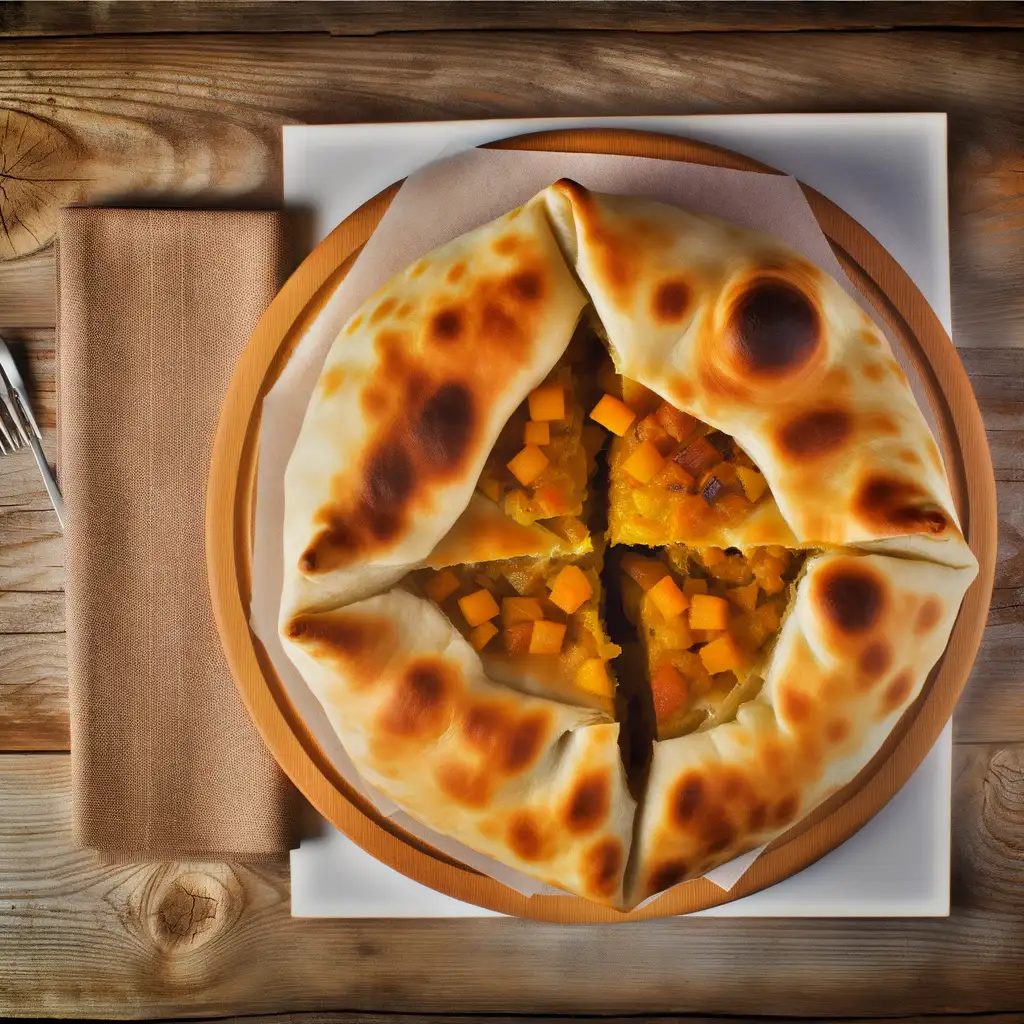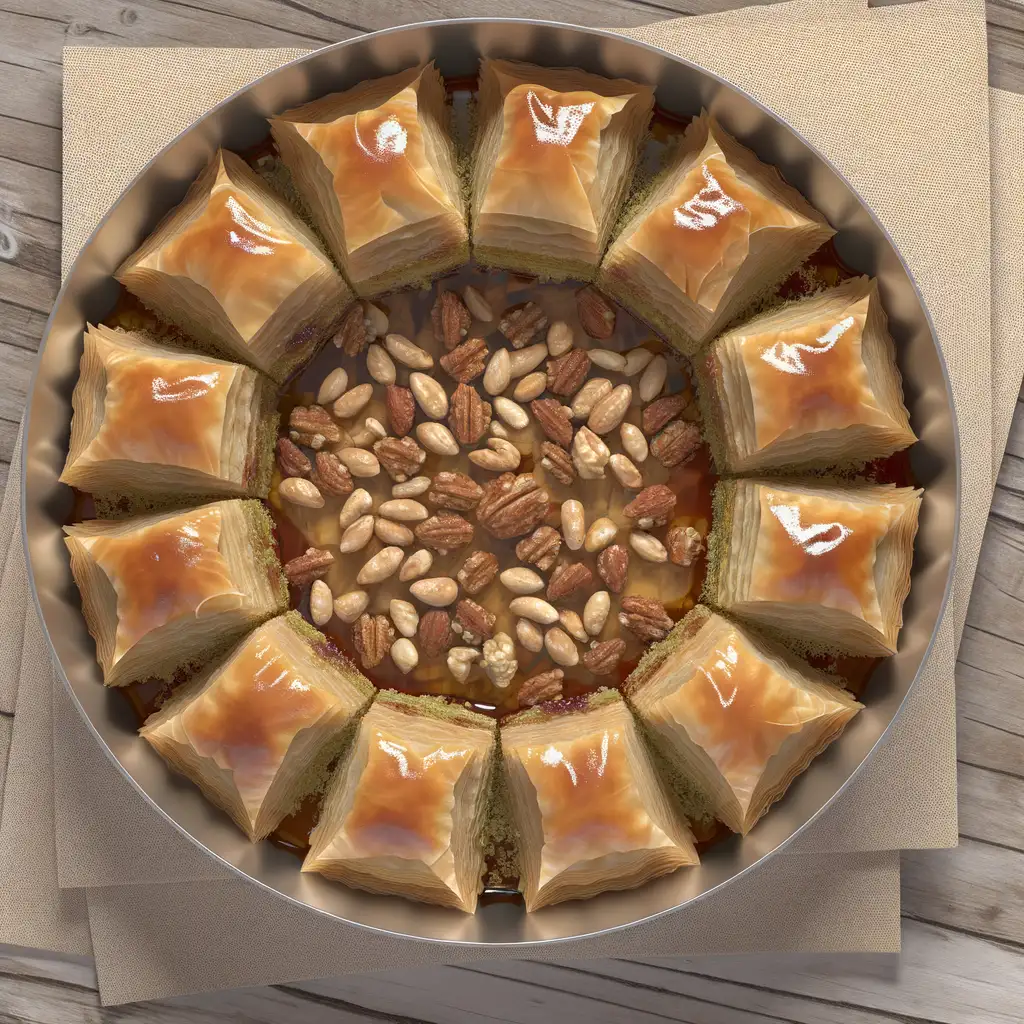



Mostar feels like stepping into a living storybook where East meets West in the most beautiful way. The moment you arrive,your eyes are drawn to the iconic Stari Most—the old stone bridge arching gracefully over the emerald Neretva River. Watching locals and daring divers leap from its heights,you can almost hear the splash echoing through the cobbled streets. The air carries a mix of fresh river breeze and the rich aroma of freshly brewed Bosnian coffee,inviting you to slow down and savor the moment. Wandering through the old town,you’ll find yourself surrounded by a tapestry of Ottoman-era architecture,bustling bazaars,and tiny artisan shops where the scent of leather and spices mingle. The chatter of friendly vendors,the clinking of tea glasses,and the distant call to prayer create a soundtrack that feels both timeless and alive. Grab a ćevapi from a street stall—those juicy,smoky grilled sausages wrapped in warm somun bread are comfort food at its best. What makes Mostar truly unforgettable is its resilient spirit. Despite its turbulent past,the city pulses with warmth and hospitality. Locals are eager to share stories over a cup of strong coffee or a glass of rakija,making you feel like part of their community. Whether you’re watching the sunset paint the river in gold or exploring quiet corners where history whispers,Mostar leaves you with a sense of connection—to its people,its culture,and its enduring beauty.
The information on this page is currently being reviewed by Tripkliq and should be used as a guide only
Eng word: Hello
Eng pronunciation: Zdra-vo
Local language: Zdravo
Eng word: Goodbye
Eng pronunciation: Do-vee-jen-ya
Local language: Doviđenja
Eng word: Thank you
Eng pronunciation: Hva-la
Local language: Hvala
Eng word: How much
Eng pronunciation: Ko-lee-ko
Local language: Koliko
Eng word: Toilet
Eng pronunciation: To-a-let
Local language: Toalet
Eng word: Help me
Eng pronunciation: Po-mo-zee mee
Local language: Pomozi mi
Eng word: Yes
Eng pronunciation: Da
Local language: Da
Eng word: No
Eng pronunciation: Ne
Local language: Ne
Eng word: Excuse me
Eng pronunciation: O-pro-stee-te
Local language: Oprostite
Mostar was founded in the 15th century and has served as a key administrative and cultural hub in the region.
Stari Most, the city's iconic Old Bridge, was completed in 1566 under the order of Suleiman the Magnificent and stands as a masterpiece of Ottoman architecture.
In 2005, the Old Bridge area of the Old City of Mostar was inscribed as a UNESCO World Heritage Site, recognizing its outstanding universal value and the co-existence of diverse cultural, ethnic, and religious communities.
Mostar is famous for its annual diving competition off the Old Bridge into the Neretva River, a tradition that dates back over 450 years.
The city showcases a blend of Ottoman, Mediterranean, and Western European architectural influences, reflecting its rich historical tapestry.
Mostar's enchanting landscapes and rich history have been celebrated in numerous literary works by regional and international authors.
This peace bell tower, built to symbolize the reconciliation and coexistence of various communities in Mostar, was inaugurated in the 21st century.
This 18th-century Ottoman-style house is now a museum and hotel, offering visitors a glimpse into the traditional lifestyle of a wealthy Mostar family.
Kujundžiluk, the Old Bazaar of Mostar, is a lively market area dating back to the 16th century, where artisans sell traditional crafts, including hand-engraved metalwork and woven textiles.
In Mostar, the most common Power Adaptor is Type C, Type F.



Cabbage rolls stuffed with minced meat and rice, cooked in a savory tomato sauce.

Grilled minced meat sausages, usually made from a mix of beef and lamb, served with somun (flatbread) and onions.

A savory pastry filled with various ingredients, commonly cheese, pumpkin, or potatoes, baked until golden and crispy.

A sweet pastry made of layers of filo dough filled with chopped nuts and sweetened with honey or syrup.

Fresh fish, typically from the Neretva River, grilled and seasoned, often served with a side of vegetables or potatoes.

Stuffed onions filled with a mixture of minced meat, rice, and spices, often served with a side of sauce.

A traditional Bosnian dessert made from baked apples stuffed with walnuts, sugar, and cinnamon, often served with whipped cream.
If you ever find yourself wandering through the sun-drenched streets of Dubrovnik,you’ll immediately feel like you’ve stepped into a living storybook. The city’s ancient stone walls rise proudly against the sparkling Adriatic,and as you stroll along the marble-paved Stradun,the salty sea breeze mingles with the scent of fresh pine and blooming bougainvillea. There’s a rhythm here—a gentle hum of life where history and modern charm dance together effortlessly.
Dubrovnik’s character is woven into every corner:the clatter of café cups,the murmur of locals chatting in cozy taverns,and the distant call of seagulls overhead. You can almost taste the city in the air—briny and fresh,with hints of grilled seafood and ripe figs from the markets. Sitting at a seaside restaurant,watching the sun dip behind the fortress walls,you’ll savor dishes bursting with Mediterranean flavors,paired with a glass of crisp Croatian white wine.
What makes Dubrovnik truly special is how it balances its rich past with a vibrant present. The city’s narrow alleys invite exploration,revealing tucked-away galleries,artisan shops,and lively squares where music spills out into the streets. Whether you’re tracing the footsteps of ancient mariners or simply soaking up the golden light on a quiet terrace,Dubrovnik feels like a warm embrace—inviting,timeless,and utterly unforgettable.
If you ever find yourself wandering through Split,it’s like stepping into a living,breathing storybook where ancient history and vibrant modern life dance together effortlessly. The moment you stroll along the Riva promenade,the salty breeze from the Adriatic mingles with the aroma of fresh espresso and grilled seafood wafting from nearby cafés. Locals chat animatedly in the sun-dappled squares,their laughter blending with the distant hum of boats bobbing gently in the harbor. There’s a laid-back energy here that feels both timeless and alive,inviting you to slow down and soak it all in.
Split’s heart beats strongest in Diocletian’s Palace,a sprawling Roman fortress that’s less a museum and more a neighborhood where people live,shop,and gather. Walking through its ancient stone alleys,you’ll catch glimpses of colorful markets,artisan shops,and cozy taverns tucked into centuries-old walls. At night,the city transforms as lanterns flicker on,and the sound of live klapa singing—traditional a cappella harmonies—drifts through the air,wrapping you in a warm,soulful embrace.
What really makes Split unforgettable is how effortlessly it blends the old with the new. You can savor a plate of fresh octopus salad while watching fishermen haul in their catch,then wander to a rooftop bar for a cocktail as the sun sets behind the islands. It’s a place where every corner tells a story,every meal feels like a celebration,and every moment invites you to become part of its ongoing tale.
If you ever find yourself wandering the Dalmatian coast,Zadar is one of those places that sneaks up on you with its quiet charm and unexpected magic. The moment you step onto its ancient stone streets,there’s this warm,timeless feeling—like the city is gently humming a tune just for you. The salty breeze from the Adriatic mingles with the scent of fresh pine and blooming jasmine,wrapping around you as you stroll along the waterfront. It’s a place where history isn’t just in museums; it’s alive in the crumbling Roman ruins,the medieval churches,and the lively squares where locals gather to chat and sip coffee.
What really sets Zadar apart is its playful spirit. You’ll hear it in the waves as they dance through the Sea Organ,an extraordinary installation that turns the sea’s movement into haunting melodies. And just a few steps away,the Sun Salutation lights up the night with a mesmerizing display of colors,making the waterfront feel like a celebration of nature and art. Grab a seat on the stone benches,watch the sun dip below the horizon,and you’ll understand why Alfred Hitchcock once called Zadar the most beautiful sunset in the world.
The city’s vibe is relaxed but vibrant,with cozy konobas serving up fresh seafood and local wines that taste like the essence of the region. Whether you’re wandering through the bustling market,exploring narrow alleys,or simply soaking in the views from a café terrace,Zadar invites you to slow down,breathe deeply,and savor every moment.
If you ever find yourself wandering the Adriatic coast,Kotor is the kind of place that wraps around you like a warm,familiar hug. Nestled beneath towering limestone cliffs and cradled by the shimmering Bay of Kotor,this medieval town hums with a quiet energy that feels both timeless and alive. As you stroll through its labyrinth of narrow cobblestone streets,you’ll catch the scent of fresh sea salt mingling with the earthy aroma of old stone and blooming jasmine. The sound of church bells ringing softly blends with the distant chatter of locals and the gentle lapping of waves against ancient walls.
Kotor’s charm lies in its layers—each corner reveals a story,from the faded frescoes inside centuries-old churches to the vibrant markets where vendors call out,offering ripe figs,olives,and freshly caught seafood. The city’s Venetian architecture,with its weathered facades and ornate balconies,whispers tales of a rich past,while cozy cafes spill out onto sun-dappled squares,inviting you to sip strong Montenegrin coffee or a glass of local wine.
What really stays with you is the feeling of being somewhere that’s both peaceful and full of life. Whether you’re climbing the fortress walls for a breathtaking view of the bay or simply watching the sunset paint the water in shades of gold and pink,Kotor has a way of making you slow down and soak it all in. It’s a place that lingers in your heart long after you’ve left.
Imagine stepping into a place where every narrow cobblestone street whispers stories from centuries past,and the salty breeze from the Adriatic Sea mingles with the scent of fresh pine and blooming bougainvillea. That’s Trogir for you—a charming,sun-drenched town that feels like a living museum but with a lively,warm heartbeat. As you wander through its maze of medieval alleys,you’ll catch glimpses of ancient stone buildings,ornate churches,and cozy cafés spilling out onto tiny squares where locals sip espresso and chat animatedly.
The vibe here is effortlessly relaxed yet rich with history and culture. You can hear the gentle lapping of waves against the harbor,the distant call of seagulls,and the soft murmur of conversations in Croatian,Italian,and English. At sunset,the golden light bathes the old town in a magical glow,making it the perfect time to savor a plate of fresh seafood—imagine tasting the briny sweetness of grilled fish paired with a crisp local white wine while watching fishing boats bob gently in the harbor.
What makes Trogir truly special is how it balances its deep-rooted heritage with a welcoming,unpretentious spirit. It’s not just a place to see but a place to feel—where history,nature,and everyday life blend seamlessly. Whether you’re exploring the fortress walls,browsing artisan shops,or simply sitting by the water with gelato in hand,Trogir invites you to slow down and soak in its timeless charm.
If you wander into Šibenik,you’ll immediately feel like you’ve stepped into a place where history and the sea have been quietly chatting for centuries. The city’s old stone streets,worn smooth by footsteps over hundreds of years,invite you to slow down and soak in the atmosphere. There’s a gentle hum of life here—fishermen unloading their catch,the clinking of glasses from cozy waterfront cafés,and the distant call of seagulls mingling with the soft splash of waves against the harbor walls.
What makes Šibenik truly special is its blend of rugged Adriatic charm and rich cultural layers. The sun warms the limestone walls,making them glow golden in the late afternoon,while the scent of pine trees drifts in from the nearby hills. You can’t miss the stunning Cathedral of St. James,a masterpiece carved entirely from stone,where every detail tells a story. Wander through the narrow alleys,and you’ll find vibrant markets bursting with fresh figs,olives,and local cheeses that taste like sunshine.
Evenings in Šibenik have a relaxed,almost magical feel. The city lights flicker on,reflecting in the calm waters,and the air fills with the aroma of grilled seafood and herbs. Locals gather in lively taverns,sharing laughter and stories over glasses of crisp Croatian wine. It’s a place where time slows just enough for you to savor the simple pleasures—good food,warm smiles,and the endless blue horizon.
Tourists may be offered unfavorable exchange rates or given incorrect change when paying in foreign currencies like Euros instead of the local currency (Bosnian Convertible Mark).
Individuals posing as official tour guides may approach tourists and offer overpriced or low-quality tours of the city, including the famous Stari Most bridge.
Some vendors near tourist hotspots may inflate prices for souvenirs, especially if they sense the buyer is unfamiliar with local pricing.
Some restaurants may add extra items or hidden fees to the bill, especially in areas frequented by tourists.
Individuals, sometimes children, may approach tourists asking for money, often claiming to be in dire need, but the money may go to organized groups exploiting them.
Unlicensed or unscrupulous taxi drivers may overcharge tourists by not using meters or taking unnecessarily long routes.
The possession, use, and trafficking of illegal drugs are strictly prohibited in Bosnia and Herzegovina, including Mostar. Penalties for drug-related offenses can be severe, including fines and imprisonment. Tourists should avoid any involvement with illegal drugs to avoid legal trouble.
In Mostar, as in the rest of Bosnia and Herzegovina, smoking is generally allowed in public places, including bars, restaurants, and cafes, although some establishments may have designated non-smoking areas. However, smoking is prohibited in certain public spaces such as hospitals, schools, and government buildings. Tourists should look for 'No Smoking' signs and respect local regulations.
Vaping is not specifically regulated in Bosnia and Herzegovina, including Mostar. However, it is generally treated similarly to smoking. This means that while vaping is allowed in most public places, it is advisable to follow the same rules as for smoking and to be considerate of others, especially in enclosed spaces.
What are other people saying about Mostar?
Recent Social posts about Mostar
There is nothing to show you for now.